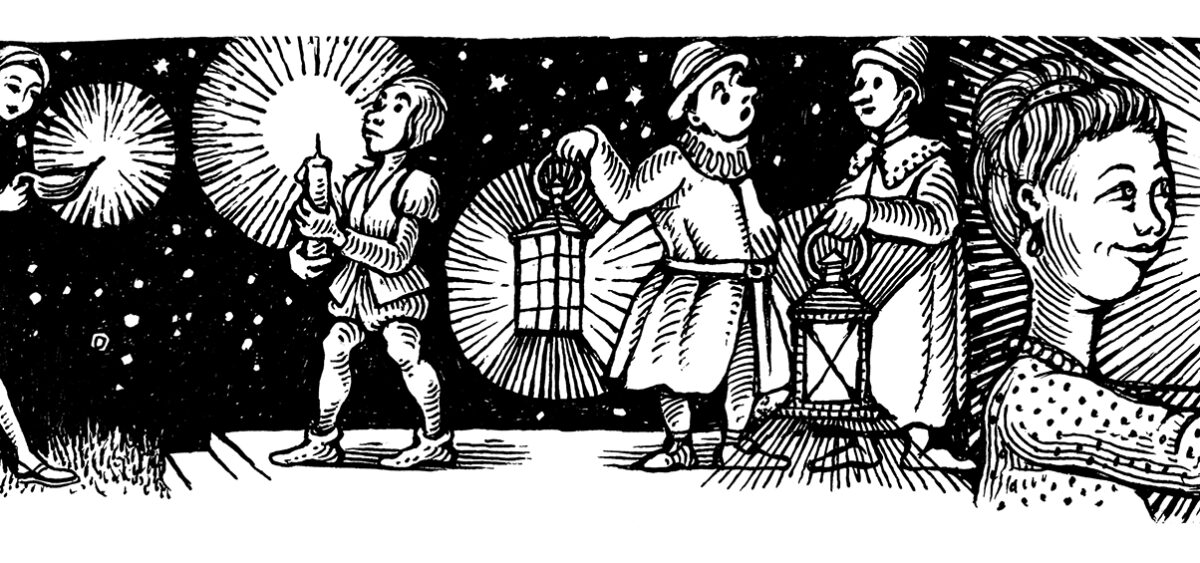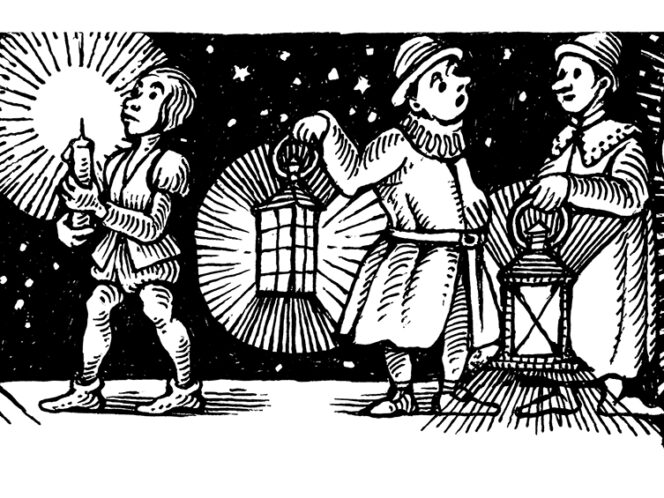
Through my bedroom window I can see a large rectangle of sky. The window faces west. During the day it gradually fills with light, becoming enriched towards the evening with many shades of red. If I don’t have to go out, I sometimes work in bed, looking up at the sky from time to time in order to gather my thoughts or to rest. It’s truly amazing how quickly the view changes, especially when it’s cloudy. One cannot step into the same river twice; likewise, one cannot look at the same sky more than once. Clouds are shape-shifting quietly, letting in more light, then less light. Fluffy vehicles leave the window frame never to return.
It was cold in mid-April and the light was bright and sharp as a razor, soft contours of clouds stood out clearly against it. One day I was watching the springtime spectacle of the sky, looking up, every now and then, from the






